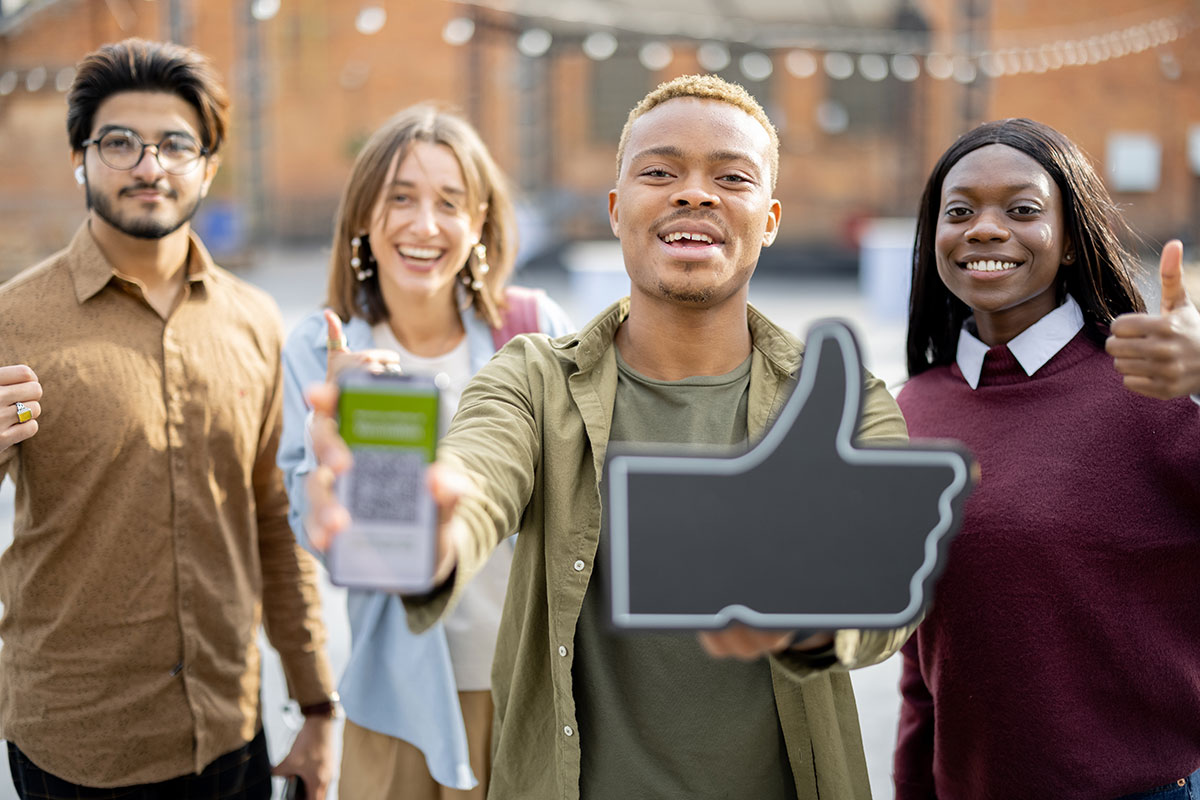In an era where search is becoming increasingly visual and intuitive, Google’s Multisearch feature is reshaping how users discover information—and how brands must adapt their SEO strategies. Originally introduced in 2022 and now expanding globally, Multisearch leverages Google Lens and AI to let users combine images with text queries for more precise, context-rich searches. Here’s what you need to know about this update and how to future-proof your SEO approach.
What Is Google Multisearch?
Google Multisearch allows users to take a photo (or upload an image) and add a text query to refine their search. For example:
- Snap a picture of a vintage lamp and ask, “Where can I buy this style nearby?”
- Upload a screenshot of a recipe and type, “How can I make this gluten-free?”
Powered by advancements in AI and visual recognition, Multisearch delivers hybrid results that blend images, local listings, product pages, and traditional web content. It’s designed to answer complex, real-world questions that text-only searches might miss.
Key Features of the Latest Multisearch Update
- Global Expansion: Initially limited to English-speaking markets, Multisearch is now rolling out in multiple languages and regions.
- Near Me Integration: Enhanced local results for queries like “repair this item near me” or “buy this locally.”
- Shopping-Focused Results: Product listings and price comparisons are prioritized for retail-related searches.
- AI-Powered Context: Google’s MUM (Multitask Unified Model) technology better understands nuanced intent behind image+text queries.
How Multisearch Impacts SEO Strategies
1. Image SEO Is No Longer Optional
With Multisearch, images become a direct ranking factor. Users start their journey with visuals, so optimizing images is critical:
- Alt Text: Use descriptive, keyword-rich alt text (e.g., “mid-century-modern-brass-table-lamp” instead of “IMG_1234”).
- High-Quality Visuals: Ensure images are high-resolution, properly compressed, and mobile-friendly.
- Structured Data: Implement schema markup for images (e.g.,
Product,Recipe, orHowToschemas) to help Google understand context.
2. Local SEO Gets More Visual
Multisearch’s “near me” emphasis means local businesses must prioritize:
- Google Business Profile (GBP): Upload high-quality photos of products, services, and storefronts to your GBP.
- Local Keywords: Optimize for long-tail queries like “vintage furniture stores near [city]” or “same-day laptop repair.”
- User-Generated Content: Encourage customers to share photos (e.g., tagged social posts) that Google can index.
3. Content Must Answer Multimodal Queries
Users are asking hybrid questions (image + text), so your content should bridge visual and textual gaps:
- Create Visual Guides: Pair tutorials, recipes, or product reviews with step-by-step images or videos.
- Optimize for Long-Tail Intent: Target phrases like “how to fix [visible issue]” or “where to buy [specific item].”
- Leverage FAQ Pages: Address common follow-up questions users might ask after an image-based search.
4. E-Commerce SEO Requires Product-First Thinking
For online retailers, Multisearch is a game-changer:
- Image Titles & Descriptions: Use precise, keyword-driven names for product images (e.g., “organic-cotton-tote-bag-black.jpg”).
- Visual Search Tools: Integrate tools like Google Lens or third-party visual search APIs on your site.
- Competitive Pricing: Ensure product pages include clear pricing and availability, as users often compare options via Multisearch.
5. Voice Search and Mobile Optimization Are Critical
Most Multisearch queries happen on mobile devices, often with voice commands:
- Mobile-First Design: Ensure fast load times, responsive layouts, and intuitive navigation.
- Voice-Friendly Content: Use natural language and conversational phrases (e.g., “How do I clean this stain?”).
Actionable Steps to Adapt Your SEO Strategy
- Audit Your Visual Assets: Use tools like Google PageSpeed Insights and Screaming Frog to identify unoptimized images.
- Optimize for Local + Visual: Update GBP profiles, add location-specific keywords, and leverage local schema markup.
- Experiment with AI Tools: Use AI-powered platforms like Canva or Adobe Firefly to generate SEO-friendly visuals.
- Track Multisearch Performance: Monitor Google Search Console’s “Image” and “Discover” reports for new traffic patterns.
The Future of Search Is Multimodal
Google Multisearch underscores a broader shift toward AI-driven, intent-based search experiences. To stay competitive, brands must:
- Blend visual and textual SEO tactics.
- Prioritize user intent over keyword density.
- Continuously test and adapt to evolving search behaviors.
By embracing these changes now, you’ll position your website to rank higher in a world where a picture isn’t just worth a thousand words—it’s the key to unlocking your next customer.
Pro Tip: Keep an eye on Google’s AI updates, like SGE (Search Generative Experience), which may further integrate Multisearch into generative AI results. Stay agile, and let data guide your strategy!

